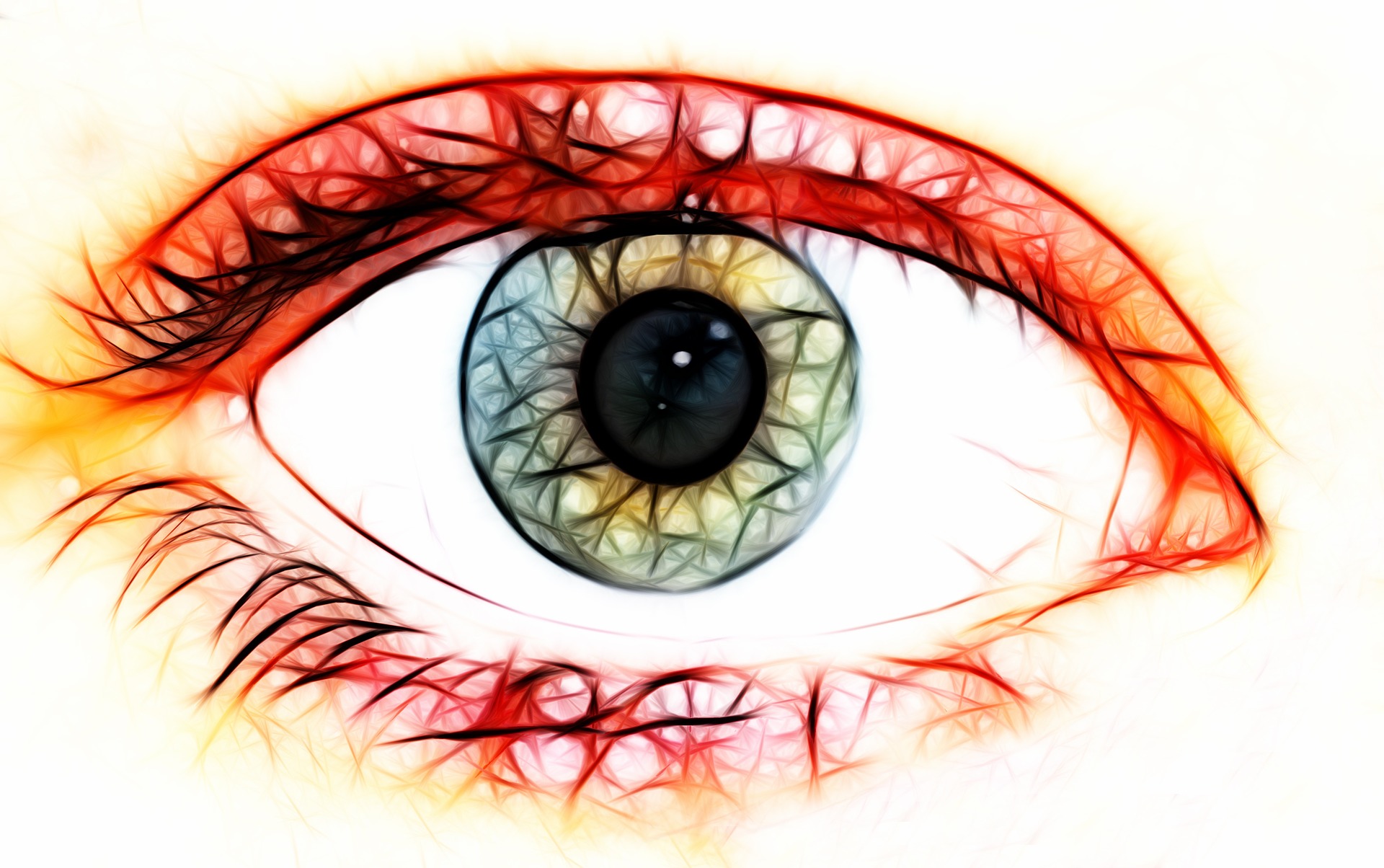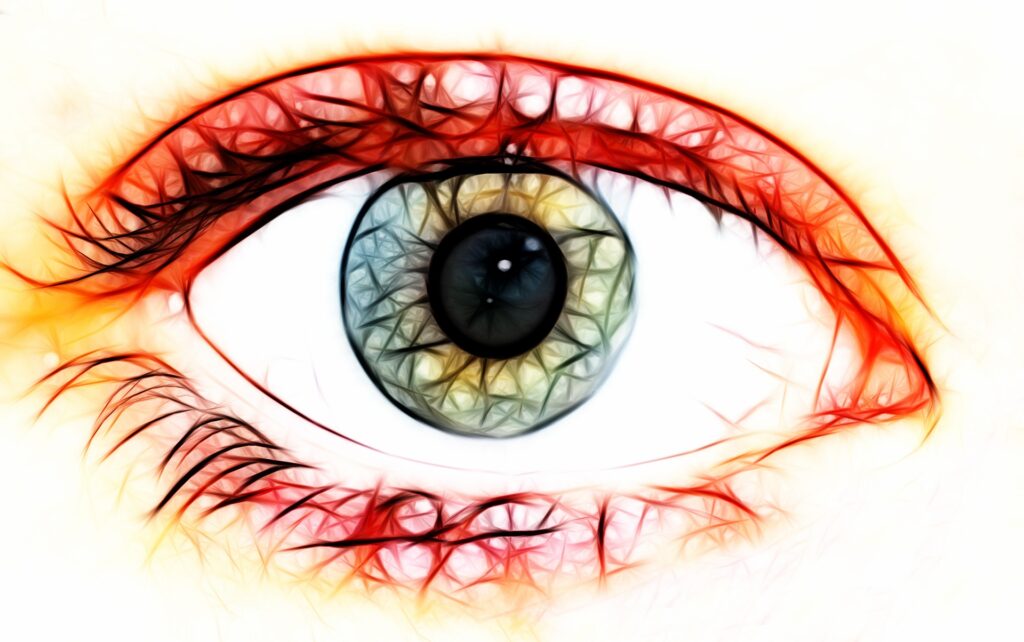
What Is Sickle Cell Retinopathy?

Sickle cell retinopathy is a complication of sickle cell disease. It occurs when sickle cell disease causes blockage of the blood vessels in the retina a layer of tissue that senses light and sends images to your brain, and choroid, a thin layer of tissue that is part of the middle layer of the wall of the eye. When these vessels are blocked, abnormal blood vessel growth can occur and the retina thins. Over time, vision becomes impaired.
Types of Sickle Cell Retinopathy
There are two types of sickle cell retinopathy:
- Non-proliferative sickle retinopathy (NPSR): Because the sickle-shaped red blood cells create blockages in the blood vessels, the retina suffers from a lack of blood flow and cannot receive important nutrients and oxygen. Initially, this occurs on the peripheral retina, causing initial findings known as salmon patches due to the leakage of blood from vessels. Over time, these leaks are resorbed and the area appears normal with iridescent spots. Eventually, this leads to the development of black sunburst spots in response to the bleeding.
- Proliferative sickle retinopathy (PSR): In PSR, long-term deprivation of oxygen and lack of blood flow cause the body to produce vascular growth hormone. This leads to the growth of blood vessels. Most of these newly formed blood vessels, however, are irregularly shaped, and instead of promoting blood flow, they cause further leakage of blood and increase the bleeding behind the retina. Eventually, this results in vitreous heamorrhage, blood in the jelly-like filling in the back part of the eye, or tractional retinal detachment, which causes vision loss.
Causes
People affected by sickle cell disease undergo a chemical change in their haemoglobin, which is a protein that carries oxygen and attaches to red blood cells. This change makes the haemoglobin become stiff rods, which then alters the shape of the red blood cells. Normally, red blood cells are round and can move easily throughout the body’s vessels.
In a person affected by sickle cell disease, the stiff haemoglobin rods contort the red blood cell shape from a round to a crescent or sickle shape. As a result, these red blood cells cannot easily pass through the body’s vessels and can become stuck, creating blockages.
Treatment
The goal of treatment is to identify sickle cell retinopathy early and preserve vision. Even with extensive retinal thinning, it’s possible to maintain visual acuity.
For people with NPSR, there is no treatment. For PSR, there are a few therapies available:
- Laser: For large areas of blocked blood vessels, a laser can reduce the size of the blockage and prevent the release of the vascular growth hormone and therefore creation of new but abnormal blood vessels.
- Anti-vascular endothelial growth factor (Anti-VEGF): This medication is injected using a very thin needle into the eye. It blocks the release of the vascular growth hormone and prevents the body from creating new but abnormally shaped blood vessels.
- Surgery: This may be needed to treat vitreous haemorrhage. It is also needed for retinal detachment to reattach the retina and prevent vision loss.
There is no cure for sickle cell retinopathy. Treatment is focused on preventing loss of visual acuity and blindness.
Prognosis
NPSR, especially when diagnosed early by an eye specialist, does not tend to cause loss of vision. Individuals who have NPSR may notice black spots or floaters in peripheral vision, but otherwise can maintain visual acuity.
PSR can have a significant impact on visual acuity and can even lead to total vision loss. Current recommendations are to have anyone diagnosed with sickle cell disease aged 10 and older be evaluated by an eye specialist at least annually so PSR can be detected in the early stages. Once PSR progresses to stage 4 or 5, the damage to the retina is significant and prevention of vision loss is more challenging.
Regular eye exams and early identification and treatment by an eye specialist are the best ways to prevent vision loss caused by sickle cell retinopathy.
Sickle cell retinopathy is one of the potential complications of sickle cell disease. It occurs when sickle cell disease causes blockage of the blood vessels in the retina and choroid, both of which are important to visual processing. When these vessels are blocked, abnormal blood vessel growth can occur and cause the retina to thin and become detached.
Conclusion
Sickle cell disease affects many parts of the body. One of them is the eyes. When it does, it’s called sickle cell retinopathy. Left untreated, it can lead to vision loss. Understanding the sickle cell disease process and establishing routine care with an eye specialist can help you identify sickle cell retinopathy early and minimize visual loss with early treatment.
Source: https://www.verywellhealth.com





